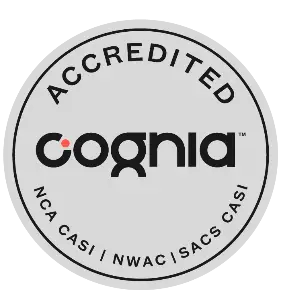HSA and Medicare
The IRS allows employees to contribute to an HSA after age 65 as long as they are enrolled in a qualified medical plan, they are not someone’s tax dependent and they don’t have any conflicting coverage including enrollment in Medicare. The IRS requires the employee and their employer to discontinue contributions to the HSA once enrolled in Medicare parts A or B.
HSA Limits
2025 Annual Limits
$4,300 Individual
$8,550 Family

HSA Catch-up Provision
If you are 55 years or older, you can contribute an additional $1,000 to your HSA.
HSA & Retirement
The District pays a Direct Contribution into your HSA account based on your health plan coverage (employee $400, employee + one $600, family $800). That amount is divided by the number of payrolls you will receive in the year and paid incrementally each payroll.
The year that you retire, the full amount of the Direct Contribution will not be contributed to your account as you will not be an active employee for the remainder of the year. If you want to max out your HSA, divide the total you want to contribute minus the District Match, minus the District Direct contribution for the months you are active (include the summer if you get paid over the summer) then divide that by the number of payrolls you will work in that calendar year.
Example: Abby is 64, has a family HSA plan and will retire at the end of May, she will be paid through August – for a total of 16 payrolls. The annual maximum is $9, 300 with the $1000 catchup. The District Direct Contribution of $33.34 times 16 payrolls will be $533.44, the match would be $800. In total, she could contribute $7,966.56 for the 2024 year. She could spread that over the 16 pay periods and contribute $497.91 per pay period for a total of $9,300 or she could put a lump sum from her final paycheck.

